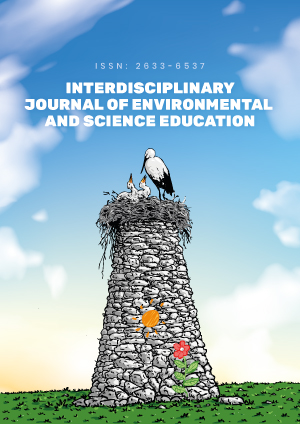Abstract
The research presented in this paper answers the question: What factors are most related to students’ perception of learning during outdoor science lessons occurring in schools’ immediate surroundings? Twenty-six science teachers, as well as 71 classes of seventh (51 classes) and eighth (20 classes) graders participated in our study (n = 2007). All 26 teachers agreed to plan and carry out five outdoor lessons in their schools’ immediate surroundings for each class they decided to include in the study. The 11 influencing factors we examined in this quantitative study were: the duration of the outdoor lesson, the students’ level of preparation, the students’ opportunity to make choices, the outdoor environment, the position in the lesson sequence, the presence of a laboratory technician, the scientific discipline, the grouping of the students, the teacher’s outdoor teaching experience, the type of activity, and the weather conditions. To identify the factors most related to students’ perception of learning, we ran a bivariate correlation analysis and then used a three-level hierarchical linear model (HLM) with the significant factors from the bivariate correlation. Our results showed that students’ perception of learning was significantly and positively correlated with the factors listening to scientific explanations, being grouped with the entire class, students’ level of preparation, and students’ opportunity to make choices, and negatively correlated with observing. We conclude this paper by arguing that students’ perception of learning is really a perception that is based on their anticipated success on school assessments.
License
This is an open access article distributed under the Creative Commons Attribution License which permits unrestricted use, distribution, and reproduction in any medium, provided the original work is properly cited.
Article Type: Research Article
INTERDISCIP J ENV SCI ED, Volume 16, Issue 2, 2020, Article No: e2212
https://doi.org/10.29333/ijese/7815
Publication date: 26 Feb 2020
Article Views: 9632
Article Downloads: 4531
Open Access References How to cite this article
 Full Text (PDF)
Full Text (PDF)